
Waking up confident in your new curves starts the very first night after surgery. Knowing how to sleep after BBL and tummy tuck safely protects your results, reduces discomfort, and speeds healing.
Below, Miami board-certified plastic surgeon Dr. Salloum explains why sleep positioning matters, which supportive tools make a difference, and the simple nightly habits that can help you enjoy a smoother recovery.
Brazilian Butt Lift + Tummy Tuck Surgery: Why Combine These Procedures?
Many patients choose to reshape the waist, abdomen, and buttocks in a single surgical session. Pairing a Brazilian butt lift with tummy tuck surgery offers several advantages:
- Balanced silhouette in one procedure. Removing excess abdominal skin and fat while adding volume to the buttocks creates harmonious proportions from every angle.
- One anesthesia event and recovery window. Consolidating surgery means less total downtime than staging procedures months apart.
- Cost‑effective. Facility and anesthesia fees are paid once, not twice.
Dr. Salloum’s expertise in body contouring ensures that liposuction, fat transfer, and muscle repair are performed with meticulous attention to detail, setting the stage for optimal healing—provided you treat your new contours with care when you sleep.
1. Sleeping on Your Stomach or Back Is a No‑Go
It might feel natural to flop onto your back after a long day, but doing so after a butt lift or tummy tuck can spell trouble. Direct pressure on the newly grafted fat cells or fresh abdominal incision can:
- Impede blood flow and oxygen delivery
- Increase swelling and tenderness
- Flatten transferred fat or widen the scar
Most surgeons—including Dr. Salloum—recommend avoiding stomach or back sleeping for at least six weeks, or until cleared at your follow-up visit.
Why Pressure on Fat Grafts or Incisions Can Compromise Results
Transferred fat cells are fragile in the early weeks. Compression from body weight can reduce their survival rate, leading to less volume and contour irregularities. Similarly, the tummy tuck incision sits low on the abdomen; lying flat can stretch the closure, slow healing, and create tension on internal sutures. Protecting these areas is critical for long-term success.
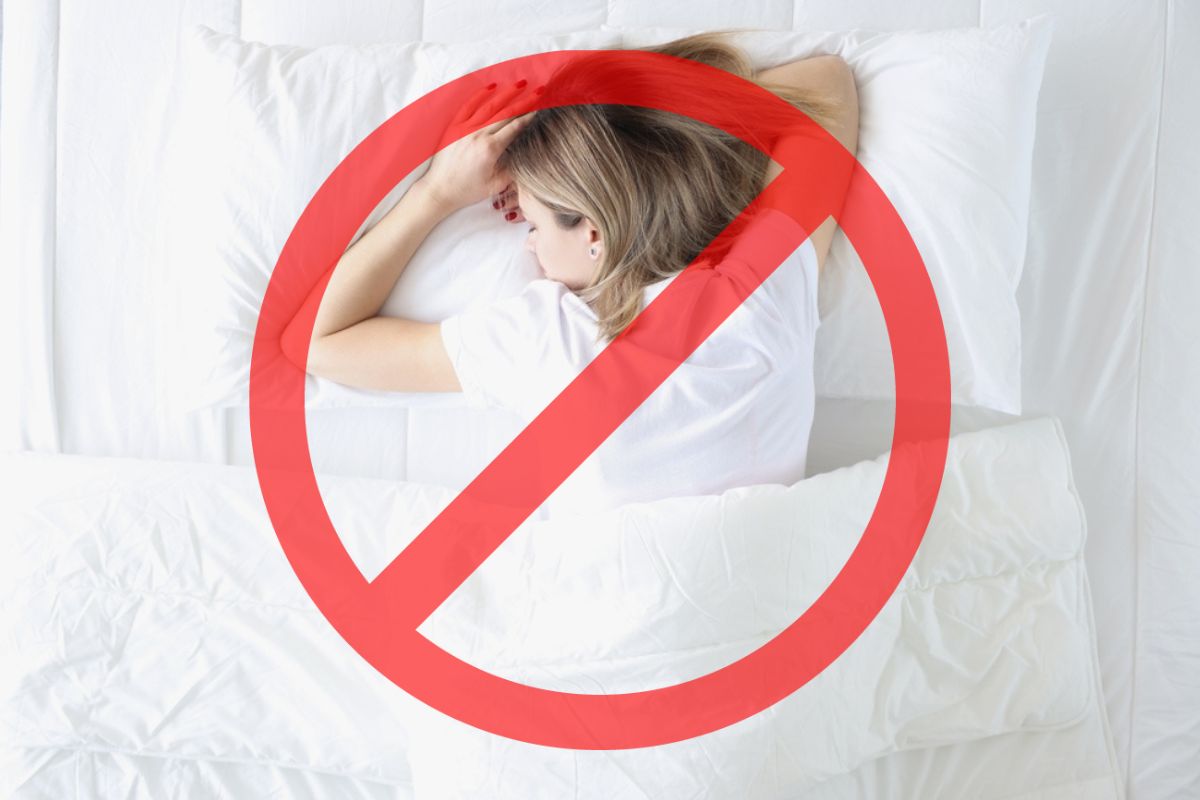
Tummy Tuck Before and After Pictures

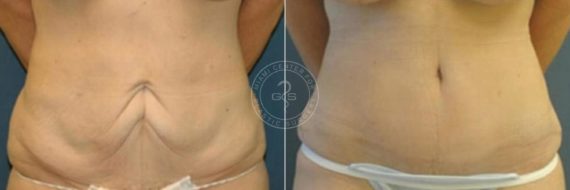
*All patients are unique, and individual results may vary.
2. A Side Sleeping Position Is Okay With Support
For many people, the most comfortable position after surgery is semi-fetal side sleeping. Done correctly, it keeps pressure off the buttocks and the front of the abdomen. The keys are:
- Bend the hips slightly to avoid pulling on the tummy tuck repair.
- Keep the knees together so the top leg doesn’t roll forward onto the stomach.
- Use thick, supportive pillows along the back and between the thighs to maintain alignment.
Use Supportive Pillows to Keep Pressure Off the Surgical Areas
Before easing onto your side, place one pillow behind your back to prevent rolling flat and another between your knees to stop hip rotation. A third pillow tucked under the waist can bridge the gap between the ribs and pelvis, keeping the spine neutral and relieving tension on abdominal muscles. Pillows should be firm enough to hold their shape through the night.


SPECIALIST CARE YOU CAN TRUST
Dr. Salloum is supported by a brilliant team of caring staff members.
You can trust the entire staff to help make your visit as comfortable and safe as possible!
3. Invest in a BBL Pillow for Sitting and Reclining
A dedicated BBL pillow shifts body weight to the thighs, sparing the buttocks when you sit. While it’s not a substitute for a proper sleeping position, it helps during daytime rest, meals, and short car rides. Choose a model with:
- High-density foam for consistent support
- A wide surface so pressure sits on the hamstrings, not the incision
- A washable cover, because hygiene matters during recovery
Bring the pillow to your post-op appointment—Dr. Salloum will demonstrate the best way to use it.
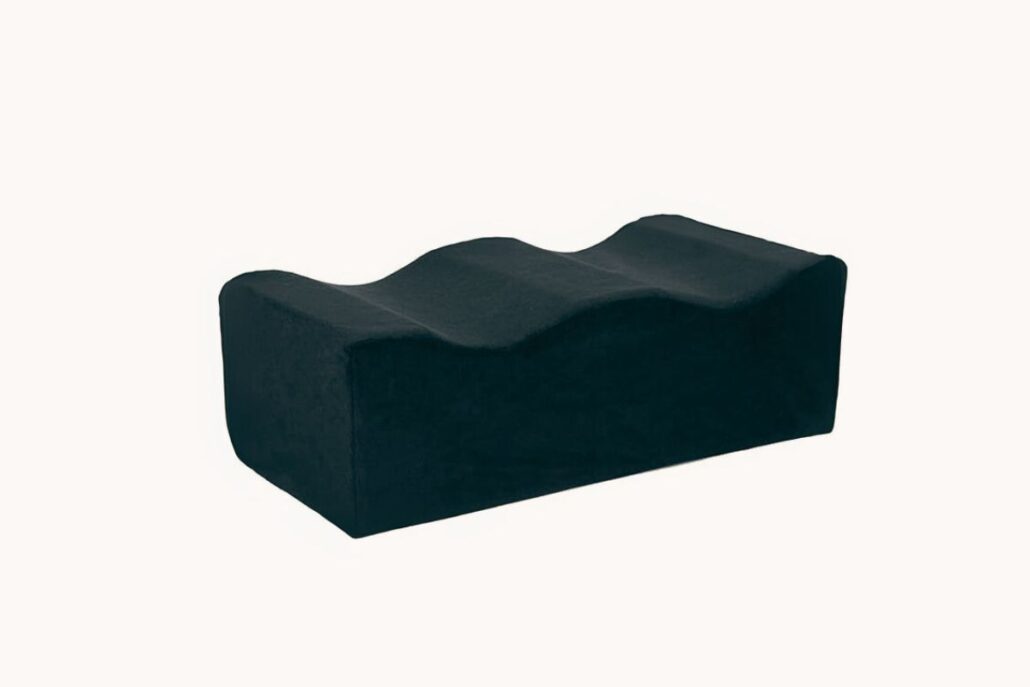
4. Use a Recliner or Adjustable Bed for Elevation and Comfort
Sleeping in a recliner or an adjustable bed set to a 30‑ to 45‑degree angle lets gravity work in your favor:
- Reduces swelling in the abdomen and buttocks
- Eases breathing by opening the airway
- Prevents rolling onto restricted positions
If you don’t own a recliner, rent one or borrow from a friend. Line it with soft blankets and keep essentials—water, medications, phone—within arm’s reach.
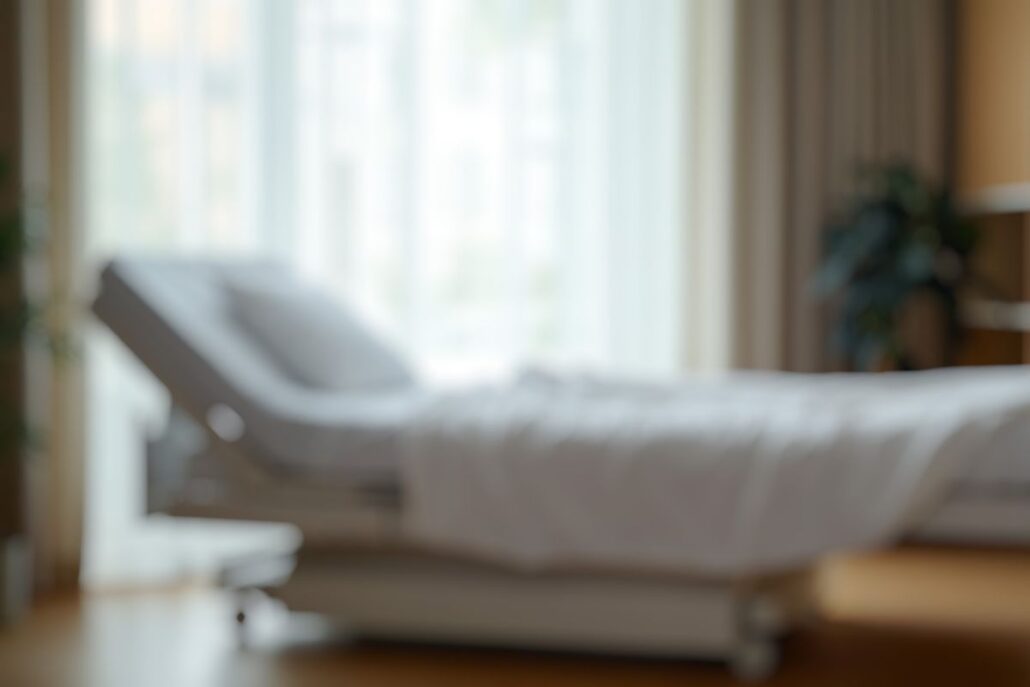
5. Place Pillows Under Your Knees to Reduce Tension on Your Tummy Tuck
When the knees are slightly flexed, the hip flexor muscles relax, and the lower abdomen stays loose. A pillow or wedge under the knees:
- Decreases pull on the tummy tuck incision
- Lessens low-back strain
- Helps maintain the semi‑bent “beach‑chair” posture recommended by many surgeons
Combine this with a reclined torso for maximum comfort.
6. Keep Your Upper Body Elevated to Minimize Swelling
Even if you transition from a recliner to a regular bed after the first week, continue propping up the head and shoulders. Elevation:
- Encourages lymphatic drainage
- Limits fluid accumulation around the midsection
- Promotes a smoother contour as tissues settle
Stack two supportive pillows or use a wedge cushion designed for post‑operative recovery.
7. Wear Compression Garments While Sleeping as Directed
Compression garments support the abdominal repair, reduce bruising, and help skin adhere to its new contours. Dr. Salloum typically recommends:
- Full‑time wear (except showers) for two to three weeks
- Night‑time wear for an additional three to four weeks, depending on your progress
Choose a garment that fits snugly but doesn’t pinch or fold. Sleeping without wrinkles in the fabric prevents indentations in the healing tissue.
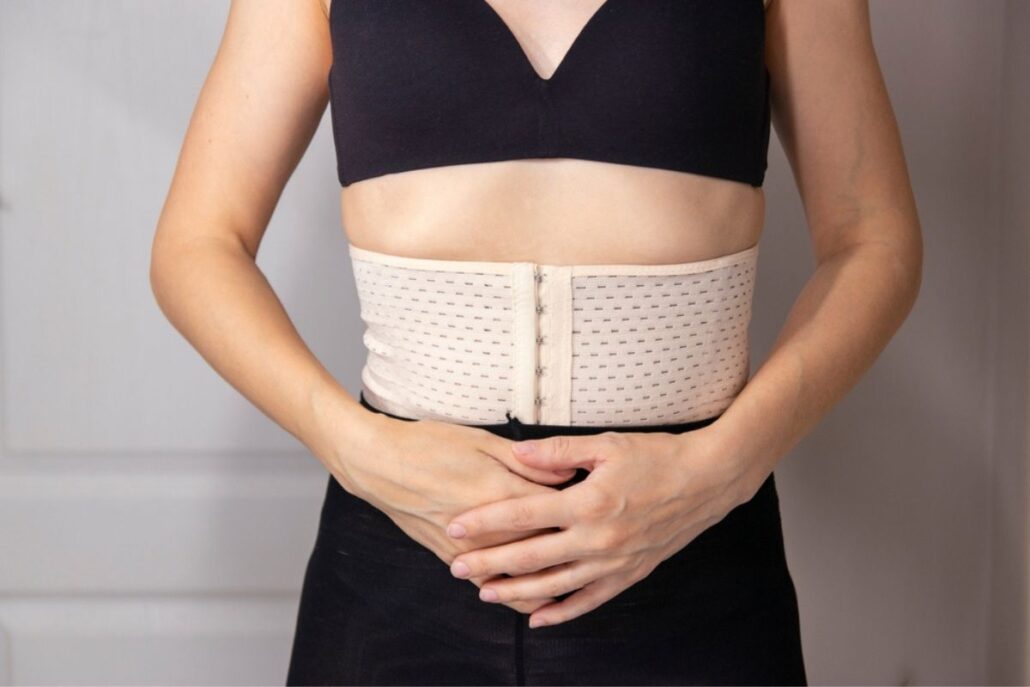
8. Don’t Toss and Turn During the Night
Restless movement can accidentally shift you onto restricted areas. To limit tossing:
- Wind down with a warm shower (if cleared) or gentle stretching before bed.
- Skip caffeine after lunchtime.
- Keep the room cool and dark to signal your body it’s time for rest.
If you wake up out of position, calmly adjust and add extra pillows to reinforce support.
9. Set Up a Sleep-Friendly Relaxing Environment Before Surgery
A relaxing environment lowers stress and promotes quality sleep—both essential for healing. Prepare your space at least a day before surgery:
- Place extra supportive pillows within reach.
- Stock a bedside basket with medications, gauze, snacks, and a reusable water bottle.
- Load streaming playlists or audiobooks so you can rest without boredom.
- Arrange low-light lamps to avoid harsh overhead glare during nighttime bathroom trips.
10. Avoid Sleeping With Pets or Kids During Early Recovery
We love our families, furry or otherwise, but even gentle nudges can be painful—or worse, compromise your results. Ask a partner, friend, or relative to manage nighttime childcare or pet care for at least two weeks. You’ll heal faster and return to your usual routine sooner.
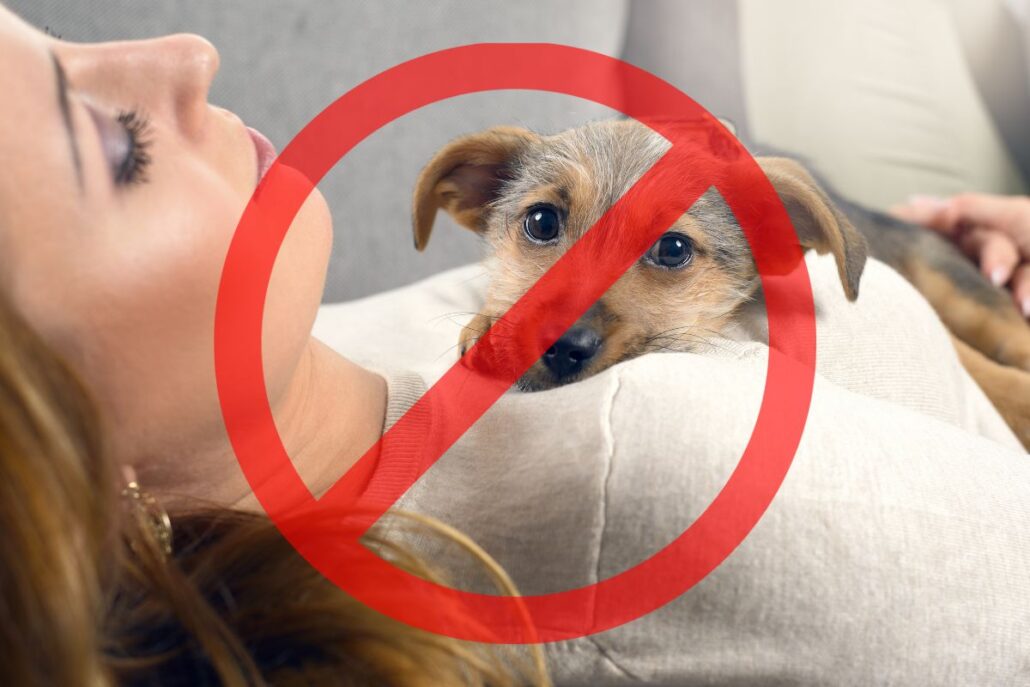
Schedule Your BBL and Tummy Tuck Consultation in Miami, FL
Quality sleep is more than a comfort—it’s a cornerstone of successful cosmetic surgery recovery. By following these practical tips and the personalized guidance of Dr. Salloum, you’ll protect your investment, reduce complications, and wake up every day a little closer to your final shape.
Ready to sculpt your dream silhouette? Dr. Salloum combines advanced surgical techniques with an artist’s eye, delivering natural-looking results that patients love. Call Miami Center for Plastic Surgery at (305) 405-6910 or request a virtual consultation today. Spots fill quickly, and starting the conversation now means you can enjoy your new figure—and a good night’s rest—sooner.